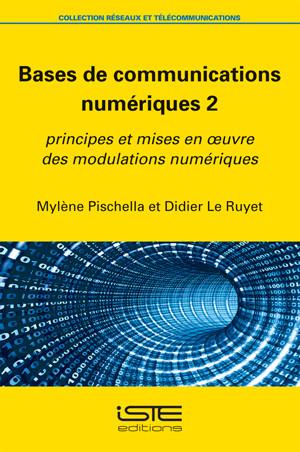
Humans have always used communication systems: first with smoke signals, and then with the telegraph and telephone. These systems and their technological advances have changed our lifestyle profoundly. Nowadays, smartphones enable us to make calls, watch videos and use social networks, and with this comes the emergence of the connected man and the wider applications […]
Humans have always used communication systems: first with smoke signals, and then with the telegraph and telephone. These systems and their technological advances have changed our lifestyle profoundly.
Nowadays, smartphones enable us to make calls, watch videos and use social networks, and with this comes the emergence of the connected man and the wider applications of smart objects. All current and future communication systems rely on a digital communication chain that consists of a source and a destination separated by a transmission channel, which may be a portion of a cable, an optical fiber, a wireless mobile or satellite channel. Whichever the channel, the processing blocks implemented in the communication chain have the same basis.
This second volume of Digital Communications concerns the blocks located after channel coding in the communication chain. The authors present baseband and sine waveform transmissions and the different steps required at the receiver to perform detection, namely synchronization and channel estimation. Two variants of these blocks used in current and future systems, multi-carrier modulations and coded modulations, are also detailed.
1. Background.
2. Baseband Transmissions.
3. Digital Modulations on Sine Waveforms.
4. Synchronization and Equalization.
5. Multi-carrier Modulations.
6. Coded Modulations.


